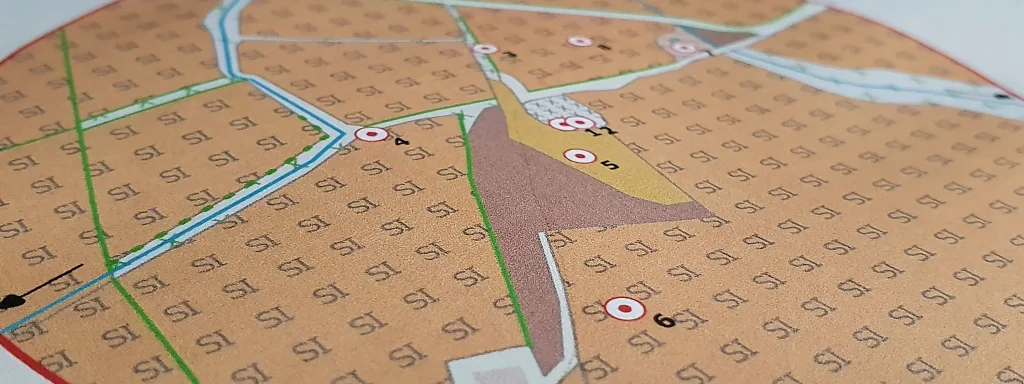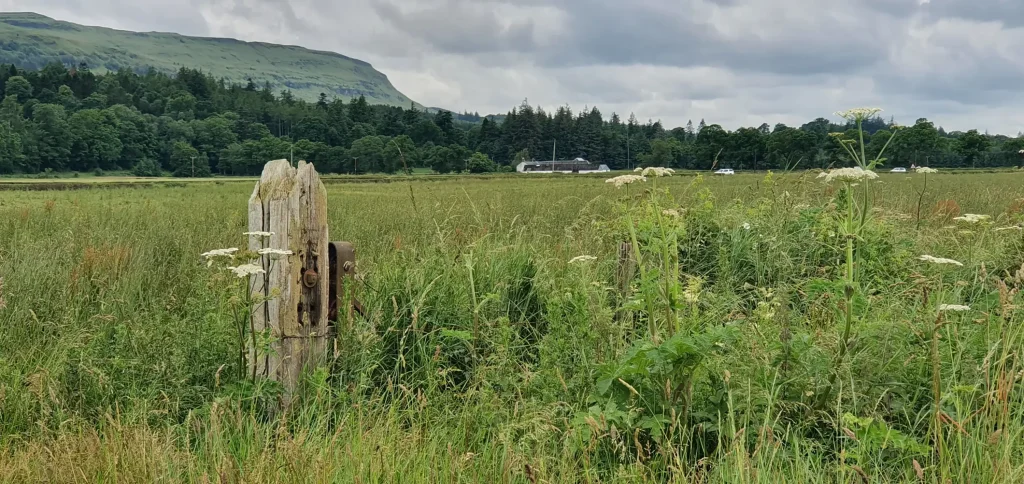“I have been asked by the local planning authority to provide an ecology survey report, what is that?” Sound familiar? A lot of people who submit planning applications will be met with a request for an “ecology survey report” but this term is often not really explained. Hopefully this blog will help.
What is an ecology report?
First off, there really isn’t such a thing as an “ecology survey report”. Usually, this term is used to describe a preliminary ecological appraisal or “PEA”. A PEA is a broad-brush overview of the habitats on site and their potential to support protected species. However, for some projects in some places, this won’t be enough. We generally advise that you have a PEA report completed for most sites as these form the foundation of good ecology consideration.

Who writes an ecology report?
Ecology reports are written and prepared by ecological consultants. Companies such as EP Ecology specialise in helping clients understand the biodiversity value of their sites and what that means for them. We also work with conservationists to gather and present data for biodiversity enhancement.
Why do I need an ecology report?
A good question, a lot of people don’t appreciate how important wildlife is in the planning process. Certain habitats and species are offered legal protection. Most people know that a bat or a great crested newt is protected but there are protected species of invertebrate and plant too. The protected status of certain species and habitats puts a requirement on planning authorities to assess the impact of a project on these species, habitats, and the wider ecosystem. Consequently, there is a requirement for applicants to provide robust information on ecology.

What does an ecology report say?
Ecology reports for planning permission look at the area of a proposed site and how it might effect key ecology features. This could be anything from the habitats on site through protected species such as bats and badgers or could even include protected sites some distance away from the site.
An example preliminary ecological appraisal report from EP Ecology will first talk about what we understand the proposals for the site to include, and introduce who did the surveys and reporting. We then talk about how we established the baseline data for each site or species we consider. Then we present what we found and relate this to the proposals, identifying effects from what you intend to do on site. Lastly we talk about what the legal requirements are for avoiding or mitigating these effects, and provide some recommendations to enhance the site for biodiversity or collect further data based on what we’ve seen.
Most ecology reports will follow a similar layout and theme with the intention of explaining to the reader, who will be a planning agent or a designer for the project, what is on site, how it will be affected, what this means for the project, and what the proposals are to lessen the effect or indeed completely remove the effect.
At EP Ecology, we always try to completely remove an effect and we aim in every project for our clients to promote a biodiversity gain and inclusion of biodiversity within a projects design to maximise sustainability within the development process.
How do I get an ecology report for planning?
There are specialist companies, like EP Ecology, whose role it is to provide planning applicants with ecological data. We collect data through visits to sites, purchase of data collected by others, and reviews of online data providers. We then process these data using expert knowledge of species ecology and prepare reports. These reports are then used by applicants to modify their proposals to be more ecologically friendly. Finally, the whole package goes to the planning authority who decides whether there are any residual impacts on biodiversity which are unacceptable.
It’s important to make sure that you engage the right person to do the job at the right time. A lot of ecology surveys can only be done at certain times of the year and every ecology survey should be done by someone who is competent and, where applicable, licensed to do the works they are doing. Usually, membership of the Chartered Institute of Ecology and Environmental Management is a good sign that the ecologist you’re speaking to is competent. Though this isn’t the only thing you should look for.

What does an ecology report cost?
A slightly tongue-in-cheek response to this one would be “how long is a piece of string?”. Pricing for ecology reports depends on the amount of time it takes to do the field survey and write the report. For example, a simple bat roost assessment of a building might take half a day of physically being on site, then another full day to prepare a report. A Preliminary ecological appraisal of a site around the size of a football pitch would take between half a day and a full day on site, another day to collate and process background data which may cost a hundred pounds or more depending on the record provider, and two to three days to prepare a written report and figures.
You should anticipate that an ecology report would cost several hundred pounds depending on the amount of survey work required and time that goes in to collating these data. Anyone who gives you a very low quote may be doing so for several reasons: They may be treating the report as a “loss leader” and will charge you more for the anticipated follow-up work, or they may not provide you with a comprehensive service to reduce your project risk. This can actually result in you needing to re-commission the work from a better ecologist at a later date.
I need an ecology report
At EP Ecology, our team is well versed in providing expertise on all ecology issues which affect our clients during the planning process. We’d be happy to discuss your ecology requirements and how we can help. Use the form below or click here to get in touch for a free no-obligations discussion about how we can assist you.
